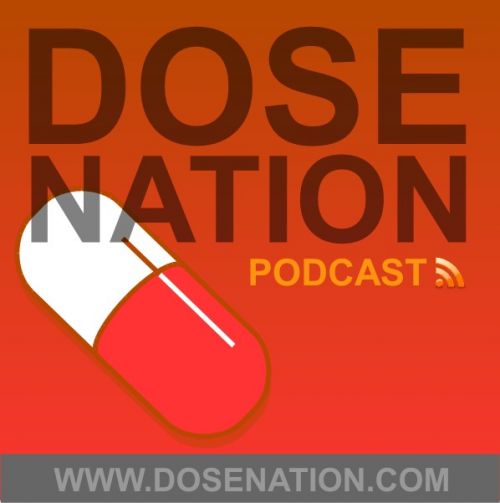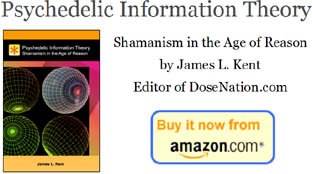I stumbled across this book chapter online while looking for something unrelated. Well, maybe a little bit related. It contains a wealth of interesting information about stimulants. For example, amphetamines are fairly highly neurotoxic, but cocaine isn't, even at doses (in animals) up to 250 mg/kg/day. (That would be 25 grams a day for me. Holy shit!) On the other hand, cocaine may be more likely to stop your heart outright, so there's definitely a downside to that.
Also, if you're interested in the mechanism of action of amphetamines:
Amphetamine has several interactive effects on catecholamine release. We will primarily focus on dopamine (DA) as an example. Amphetamine acts in at least three ways: 1) reversal of the DA uptake carrier, 2) interference with uptake into the DA vesicle, and 3) inhibition (at higher concentrations) of monoamine oxidase. The best known mechanism is binding of extracellular amphetamine to the uptake carrier and its transport into the terminal. It is subsequently dissociated into the cytoplasm, while the carrier binds cytosol DA with its transport out of the terminal (66, 169). More recently, a weak base model (208. 209) proposed that amphetamines, as weak bases, redistribute catecholamines from synaptic vesicles to the cytosol by collapsing the vesicle proton gradient that provides free energy for catechol accumulation. Even non-stimulant weak bases work in this model (208). The excess cytosol DA is thought to promote reverse transport of DA via the membrane transporter (i.e., release). Amphetamine-induced release of DA is accompanied by a decrease in DOPAC, an effect thought to be due to a reduction of monoamine oxidase activity by amphetamine. Direct assessment in vivo suggests that MAO inhibition occurs at relatively high amphetamine concentrations (84, 149).
There you have it. Amphetamines are taken up into the presynaptic terminal by the dopamine transporter, where they wreak havoc on the dopamine vesicles and everything else, leading to non-vesicular (i.e. not controlled by the neuron's signalling) release of dopamine. Something similar probably happens with norepinephrine.
The book that this chapter is from has an impressive table of contents. In addition to several dozen chapters on the hard-core neuro side of neuropsychopharmacology, there are chapters devoted to a number of different recreational drugs, such as cocaine, opiates, marijuana, PCP, and others. Almost all the chapters are available online.
The sequel is also available online.
This is an amazing wealth of information for anyone interested in the science behind drugs!




















